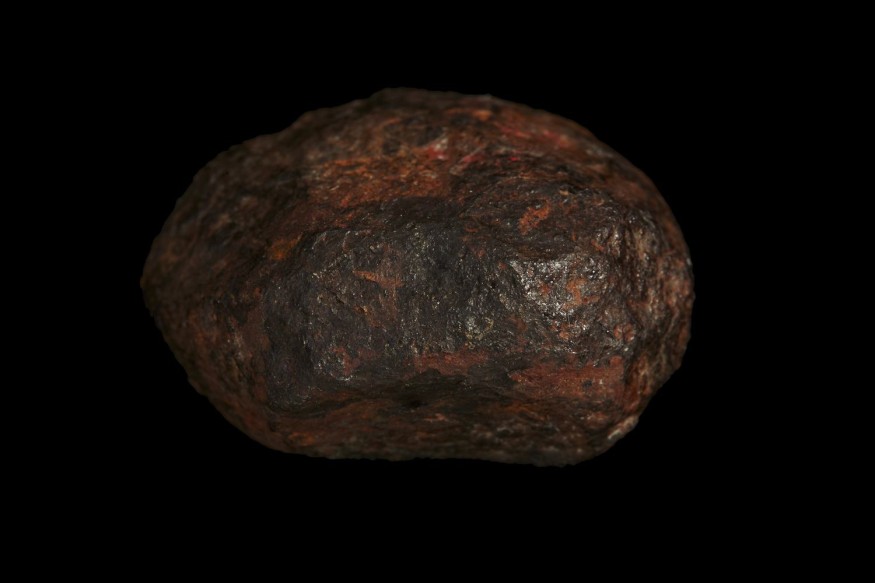
A new mineral was recently discovered just along the side of the road of an old gold rush town in Australia called Wedderburn. It has been quite a while since geologists discovered a nugget this size in Wedderburn.
WHAT IS IT ABOUT THE WEDDERBURN METEORITE THAT MADE IT UNIQUE?
Although not exactly a new discovery, but the Wedderburn meteorite has stirred geologist's curiosity about its origins and tried to decipher its secrets since its discovery in 1951. The Wedderburn meteorite is just a small chunk of rock weighing 210 grams and looking completely extraterrestrial.
In a journal published in The American Mineralogist, Chi Ma, a mineralogist from the California Institute of Technology lead a team of scientists in examining the Wedderburn meteorite and found the occurrence of a rare form of an iron-carbide mineral which they called "edscottite" after cosmochemist Edward R.D. Scott who is a pioneering meteorite researcher and the first to identify the extraterrestrial iron-carbide in 1971.
The rest of the meteorite was taken away and extracted to analyze the composition of the meteorite. From these analyses, it was found that the Wedderburn meteorite has traces of gold and iron in it alongside rare minerals like kamacite, schreibersite, taenite, troilite, and now edscottite.
SIGNIFICANCE OF THE EDSCOTTITE DISCOVERY IN THE WEDDERBURN METEORITE?
According to the researchers, edscottite is a remarkable discovery since scientists never before found a distinct atomic formulation of iron-carbide mineral that occurs naturally similar to this. It is also important since the International Mineralogical Association's pre-requisite in identifying minerals involves confirming that a formulation can occur in nature.
Before the discovery of the naturally occurring edscottite, scientists developed a synthetic version of the iron carbide mineral which was produced by smelting iron. Upon the scientists' confirmation that edscottite occurs in nature and therefore inducted in the IMA's list of minerals, Dr. Stuart Mills, senior curator at the Museums Victoria, explains why this is not just any feat. He says geologists were able to discover up to 600,000 minerals in the lab but there less than 6,000 can be found in nature. "This meteorite had an abundance of carbon in it. As it slowly cooled down, the iron and carbon came together and formed this mineral." He explained
HOW DID EDSCOTTITE END UP IN THE WEDDERBURN METEORITE?
No one knows how exactly the mineral ended up in the Wedderburn meteorite and no one is sure how this meteorite ended up in the small town but planetary scientists assume that the edscottite could have been formed in the heated and highly pressurized core of an ancient planet. The planetary scientists also assumed that this ancient planet was involved in a cosmic collision either with an asteroid or a fellow planet and got destroyed. The fragments from this ancient planet flew across the universe and a fragment landed outside Weddeburn by chance. In an article by The Age, planetary scientist Geoffrey Boning explains that the dust from the destroyed planet swirled through space and slowly pulled by gravity. Eventually, these dust gathered up and grew larger and larger until it became an asteroid and sometimes it will fuse with other asteroids and form a planet.












